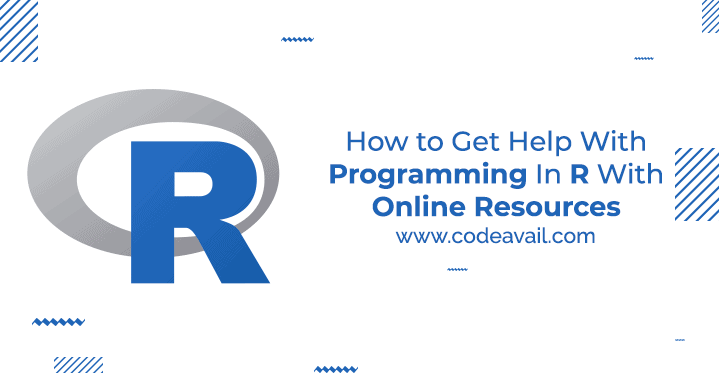Weather prediction harnesses complex technologies ranging from machine learning to the Internet of Things (IoT), providing critical data that influences everything from agriculture to safety systems.
GitHub, a hub of innovation and collaboration, hosts a variety of projects where developers can not only leverage but also enhance these technologies. This guide provides a roadmap for developers interested in contributing to or initiating weather prediction projects, outlining how to utilize existing GitHub repositories to push the boundaries of what’s possible in meteorological
Implementing Weather Condition Classification from Images
Table of Contents
Developers interested in image classification can leverage projects like weather-prediction-from-image to predict weather conditions from photographs.
Start by examining the neural network models used in these repositories. You could improve accuracy by incorporating additional data sources, such as satellite imagery or real-time weather data. Experiment with different architectures, like convolutional neural networks (CNNs) or transformer models, to better handle diverse lighting and weather scenarios. Consider contributing enhancements back to the repository or documenting your findings to help others in the community.
Developing Long-term Weather Forecasting Models
Accurate long-term weather forecasting remains a formidable challenge due to the complex nature of atmospheric systems. Projects such as Weather-Prediction-Using-Neural-Networks provide a basis for extending neural network applications in this field.
Developers can enhance these models by incorporating additional predictive factors, such as ocean temperatures or solar activity. Utilizing techniques from recent advancements in deep learning, like Long Short-Term Memory (LSTM) networks, could significantly improve the temporal accuracy of predictions. Contributing to improved code or creating tutorials on optimizing these models could greatly benefit the GitHub community.
Building IoT-based Weather Prediction Applications
IoT technology enables the collection of granular, real-time weather data, which is invaluable for accurate forecasting. Utilizing IoT devices in projects like Weather-Predictor allows for the development of comprehensive weather prediction applications.
Developers can improve these projects by integrating more diverse IoT sensors that measure additional environmental variables such as air quality or UV radiation. Enhancing data collection frameworks to handle high-frequency data securely and efficiently will be crucial. Additionally, consider building a middleware that standardizes data from various sensors to streamline model training processes. Sharing your advancements through GitHub could set a new standard for IoT in meteorology.
Creating Multi-label Weather Classification Systems
Weather conditions often overlap, making multi-label classification essential for accurately predicting simultaneous weather phenomena. Projects like multi-label-weather-classification address this complexity.
Developers can further refine these models by exploring advanced machine learning techniques such as Ensemble Learning or Zero-Shot Learning to improve classification accuracy. Experimenting with data augmentation techniques to enrich training datasets can also be beneficial. Collaborating on GitHub to share improvements or develop plugins for these models could help standardize multi-label classification methods across different weather prediction applications.
Geolocation-specific Weather Forecasting Techniques
Accurate weather forecasting often depends on precise geographic data. Projects like ParametricWeatherModel specialize in forecasting based on specific coordinates, which can be crucial for local agriculture or event planning.
Enhance these models by integrating hyperlocal data sources such as elevation and nearby water bodies, which significantly influence microclimates. Developing algorithms that adjust forecasts based on recent weather events can also improve accuracy. Sharing your code and findings on GitHub, particularly about handling edge cases in geolocation-specific predictions, can contribute greatly to community knowledge and tools.
Designing Interactive Weather Prediction Web Applications
Developing user-friendly and engaging web applications for weather forecasting is crucial for wide accessibility and usability. Repositories like WeatherVista-Interactive-Weather-App showcase how dynamic and responsive design can enhance user experience.
To improve these applications, focus on implementing progressive web app (PWA) features to ensure functionality offline and on mobile devices. Enhance the UI/UX by incorporating interactive elements such as draggable weather maps or customizable dashboard widgets. Consider using serverless architectures to manage API requests efficiently. Collaborate by sharing your UI enhancements or new feature integrations on GitHub, which could help set new standards for usability in weather apps.
Predicting Calamities Using Historical Climate Data
Predictive analytics for calamity forecasting can save lives and property by providing early warnings for events like hurricanes, floods, and heat waves. Projects such as Calamity Prediction utilize past climate data to predict future disasters.
Improve these models by incorporating broader data sets, including social and economic factors that influence vulnerability to natural disasters. Utilize advanced predictive modeling techniques, such as ensemble methods that combine multiple models, to increase predictive power and reliability. Sharing improvements and methodologies on GitHub not only enhances the project’s robustness but also aids in building a comprehensive disaster response framework.
Here’s a basic example of how to fetch the current weather data using Tomorrow.io’s weather API:

Key Points:
⦁ API Key: Ensure your API key is kept secure and not hard-coded into shared or public code.
⦁ URL Parameters:
⦁ Location: Set to the latitude and longitude of the place you want to fetch the weather for.
⦁ Fields: Defines which weather data fields you want, such as temperature, humidity, wind speed, etc.
⦁ Units: These can be set to metric or imperial depending on the units you need.
⦁ Timesteps: Defines the time resolution of the data (current for real-time data).
⦁ Handling Responses: It’s important to handle different response statuses. This code checks for a successful response before trying to process the data.
Make sure to install the requests library if it’s not already available in your Python environment:
⦁ bash
⦁ Copy code
⦁ pip install requests
This setup will help you begin interacting with Tomorrow.io’s weather API, allowing you to integrate weather data into your applications. Adjust the parameters as needed based on your specific requirements and the API documentation.
Emerging Technologies and Future Trends for Weather Prediction
The field of weather prediction is rapidly evolving with continuous technological advancements. Emerging technologies like artificial intelligence, edge computing, and big data analytics are set to redefine the accuracy and speed of weather forecasting. Actionable Insight: Stay abreast of these technologies by following related projects on GitHub. Engage with communities working on integrating AI with traditional meteorological methods. Consider experimenting with real-time data processing and predictive analytics to explore new forecasting models.
Also Read: Top 17 Electron Project Ideas for Beginners in 2024


